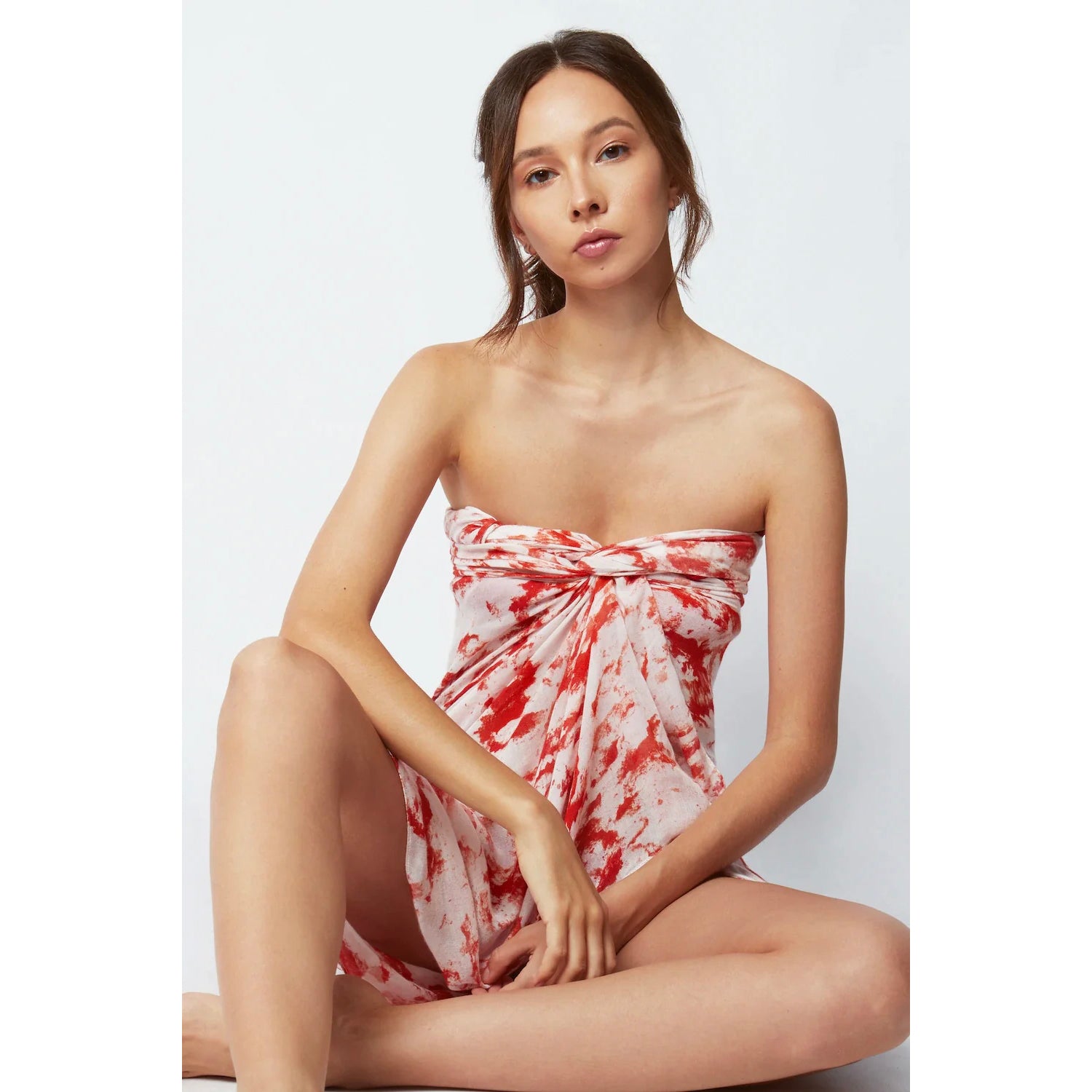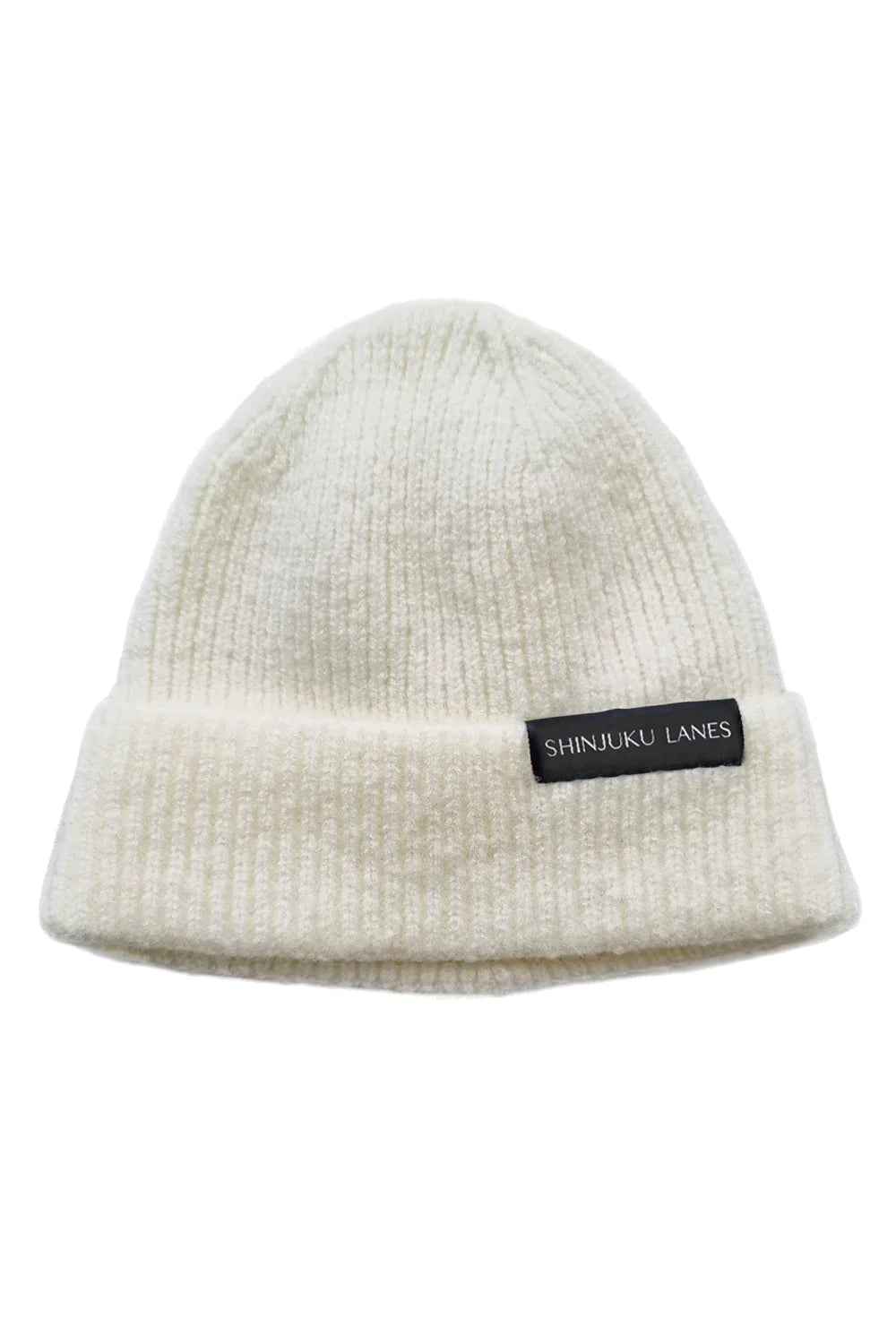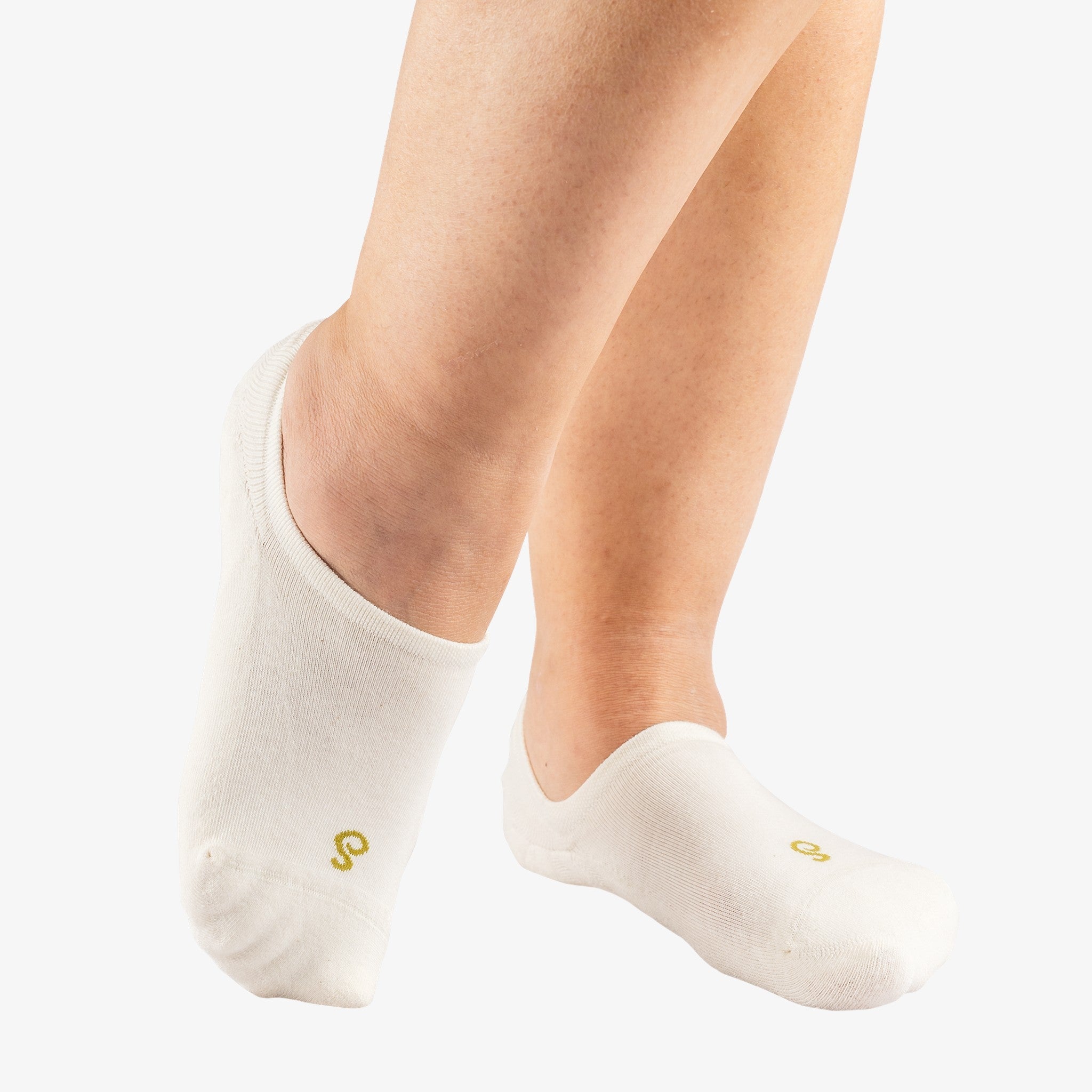
How To Make Your Wardrobe More Sustainable
By Sarah Barnard
The fashion industry is infamous for its environmental impact. Fortunately, awareness of this is growing and there’s been a much-needed shift towards sustainability.
As conscious consumers, we possess the ability to propel this change forward by making eco-friendly choices in the clothing we choose and wear.
Livia Firth, Founder of Eco-Age said: "Fast fashion is like fast food. After the sugar rush, it just leaves a bad taste in your mouth." This quote aptly describes the negative repercussions of fast fashion.
In this blog post, we’ll delve into the consequences of fast fashion, explain the reasons we should avoid it, and take a closer look at the sustainability of various materials.
Of course, this being Canopey we’re not just going to give you the information – we’ll give you actionable and practical suggestions on how to make your clothing choices more sustainable and reduce your fashion footprint with more sustainable alternatives to fast fashion.
The Effects Of Fast Fashion
A huge amount of waste comes from our fast fashion obsession.
In the UK, clothing consumption surpasses that of any other European country. According to 2019 Parliament figures, approximately a million tonnes of textiles are discarded by UK citizens per year. While charity shop donations remain high, 300,000 tonnes of it still ends up in household bins every year. Of that, only 20% finds its way to landfill and 80% is incinerated.
Globally it’s estimated less than 1% of the material is recycled to produce new clothing.
The fast fashion industry has created the concept that wardrobes should be either seasonal or that we shouldn’t wear a product more than once.
The result? Companies like SHEIN churn out up to 10,000 new items every single day, with an estimated three out of five of these items ending up in landfill.
The cost of fast fashion on the planet is waste pollution, water scarcity, and deforestation. Unsustainable manufacturing processes lead to more than just carbon emissions: washing, solvents, and dyes used in manufacturing are responsible for one-fifth of industrial water pollution.
The fashion industry is a thirsty one. According to the Common Objective, the industry uses around 93 billion cubic metres of water per year – enough to meet the needs of 5 million people. Worryingly, this amount is expected to double by 2030.
It’s also one of the most polluting industries in the world. More than 70% of China’s rivers and lakes are contaminated with 11 billion litres of chemical-laden post-production water from clothing factories.
Furthermore, the fashion industry is responsible for 20 to 35 percent of microplastic flow into the ocean. These alarming statistics highlight the need for more sustainable practices in the textile industry.
There’s a human cost to fast fashion, too. The industry is rife with workers' rights issues, with garment workers in countries such as China and Indonesia working in poor conditions and receiving very little pay for their work.
Brands like Fashion Nova, SHEIN, Revolve, and Romwe will continue to dodge blame, instead laying responsibility at the feet of middle-men and factory owners. As a result they all score less than 10% on Fashion Revolution's Fashion Transparency Index.
A tragic example of the consequences of fast fashion was the devastating Rana Plaza disaster. But while 2023 marked 10 years since history’s deadliest garment factory disaster, these problems continue to persist.
More than 1,100 people, mostly women, were killed. Over 2,500 others were injured. It’s a prime example of workers being unfairly treated and expected to keep up with the extremely immense demand for fast fashion clothes.
And it doesn’t stop there. Some of these workers were forced to come back into work the day after the collapse and weren’t allowed to raise their concerns on the grounds that they had no union.
The International Labor Organization reported that in the five year period between Rana Plaza and 2018, at least 35 further accidents in clothing factories had resulted in 27 deaths.
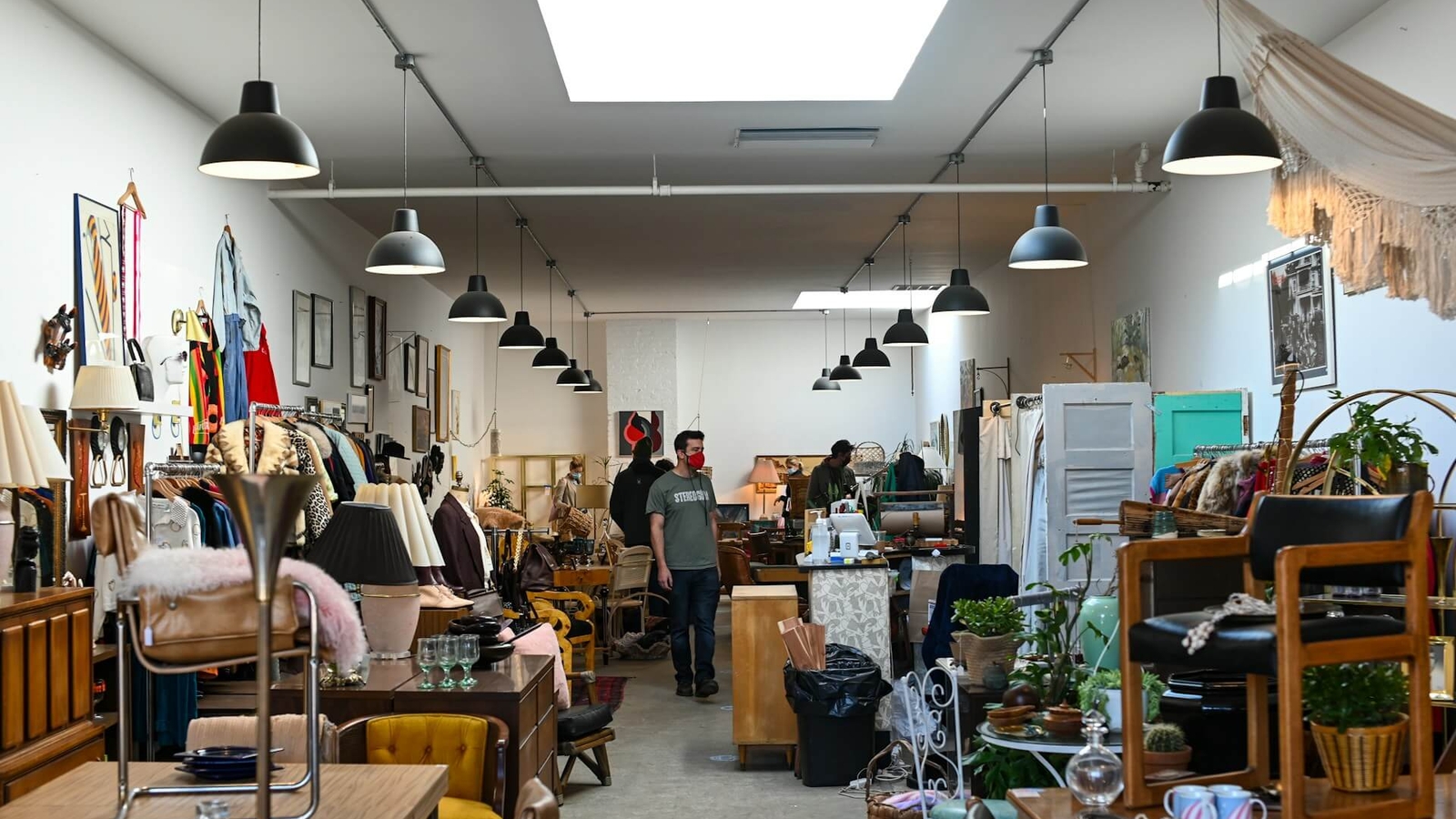
Alternatives To Fast Fashion
Making informed choices as consumers can contribute to a more sustainable and environmentally conscious fashion industry. But where to begin?
Start by looking for natural fibres like cotton, linen, hemp over synthetic oil-derived plastics like polyester and nylon. While natural fibres aren’t without their own impact, we must divest from the oil industry, as well as moving away from plastic waste and microplastics.
Natural fibres break down more quickly and do not contribute to the demand for harmful plastic fibres. Opting for organic natural fibres, such as organic cotton, ensures that the fibres are grown without the use of harmful pesticides and chemical fertilisers.
To receive our Organic accreditation, products need to have either Soil Association certification or have the Global Organic Textiles Standard (GOTS), both of which ensure high standards throughout the growing and manufacturing process.
By choosing natural fibres and supporting organic certifications, we can reduce the environmental impact of the textile sector. Opting for clothing and products made from organic fabrics not only promotes healthier ecosystems but also encourages responsible manufacturing processes.
The traditional mindset of repairing and reusing clothing – the ‘make do and mend’ culture – has significantly diminished as fashion has become more and more throwaway. However, in recent years, there has been a surge in the demand for vintage clothing, and platforms such as Depop and Vinted offer us not only the opportunity to purchase second-hand clothes but also a return to valuing our clothes more and a means to recycle and sell unwanted garments.
Nevertheless, the true cost of each newly purchased clothing item extends beyond its price tag. The production of every T-shirt we wear incurs hidden environmental costs through the utilisation of energy, water, land, and chemicals, which is something we must all consider with future purchases.
So why not lean more toward a conscious wardrobe such as upcycling, buying second hand and purchasing sustainable brands!
How To Find Sustainable Fashion Brands
Researching sustainable brands is a crucial step towards making conscious and ethical fashion choices. By taking the time to investigate and identify sustainable brands, you can align your values with your purchasing decisions.
Start by examining a brand's transparency and commitment to sustainability. Look for certifications like Fair Trade which ensures fairer wages for workers, or the Global Organic Textile Standard (GOTS), which ensures no pesticides or fertilisers are used in the growing of the cotton.
Many sustainable brands are transparent about their supply chain, but seeking information on sourcing materials, manufacturing processes, and their impact on the environment can give them an extra push to do so if they aren’t already, as well as showing there’s consumer demand.
Consider the brand's social initiatives, such as anti-slavery policies, how well they know their suppliers, and community engagement. Do they reduce waste, promote recycling, or implement circular economy principles? And what about the energy their factory uses: is it renewable?
Here at Canopey you can be 100 per cent sure we’ve put in the research for you and applied our clear accreditations. That way you can just enjoy scrolling though trusted sustainable brands. Check out our curated collection of Clothing & Accessories for great brands recognised by B Corp, GOTS organic, Fair Trade and more.
By researching sustainable brands, you can contribute to a more responsible fashion industry while supporting companies that prioritise people, the planet, and ethical practices.
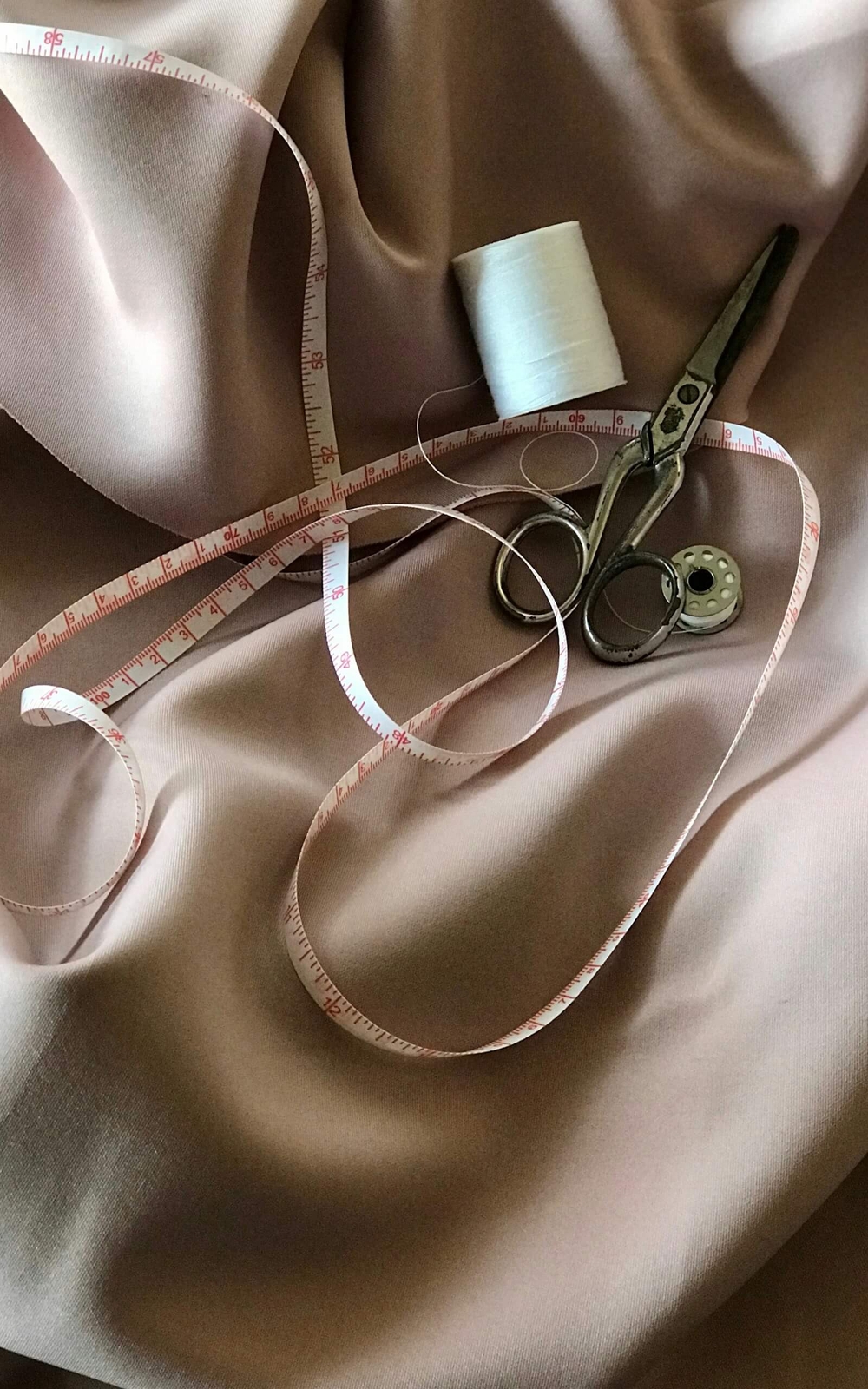
How To Make Your Wardrobe More Sustainable
There’s a couple of key things you can do to make your wardrobe more sustainable and reduce your fashion footprint.
- Buy less, wear more – no metaphor, simply wearing your clothes for longer and not just buying the latest item because the season changed can have a massive impact alone. Love your clothes and keep them in good condition by repairing, de-piling and debobbling!
- Read the labels - Labels should show whether clothes are made using recycled polyester (rPET), recycled materials, or more sustainable fibres like organic cotton. Every Canopey product has our trusted accreditations – including Recycled Materials, Organic and Plastic-Free.
- Charity shop until you drop - In the realm of sustainable fashion, the UK's charity shops have emerged as unsung heroes. These humble establishments, numbering around 11,000 across the country, have been instrumental in diverting a staggering 330,000 metric tons of textiles from landfills in 2017 alone. Not only that, but their efforts have also played a crucial role in slashing carbon emissions by millions of tons each year.
- Pick your brands wisely – do some research into what you’re buying, to make sure the brand of your choice is doing their bit for the planet. Look for modern slavery and fair working policies, and how they’re reducing their impact in other ways. We have a range of ethical brands on Canopey – check out our Clothing & Accessories category as a starting point.
- Choose organic cotton - In the pursuit of a more sustainable fashion industry, organic cotton production has emerged as a promising solution. The Soil Association recently shed light on its immense potential to minimise the environmental impact of fashion. By reducing the reliance on chemical fertilisers, pesticides, and water usage, expanding organic cotton cultivation presents a compelling opportunity to transform the way we approach clothing production. Browse organic products on Canopey.
- Swap shops or borrow clothes – if you have friends or family with similar interests why not borrow each other's clothes or set up swap shops?
- Watch your washing - A 6kg domestic wash has the potential to release as many as 700,000 fibres into the environment. Wash less often and turn to 30c.
The Importance Of Donating And Recycling
With the recent increase in demand for a more sustainable way of living and rapidly growing environmental movement, many consumers are turning towards ways in which they help the planet with what they have at home already. A great way to do this would be to donate or recycle anything you no longer need.
You can easily donate clothes to clothes banks, charity shops or maybe even homeless charities – and you can recycle clothes by taking them to your local recycling centre.
Extend The Life Of Your Garments
Keeping your garments in circulation for just 9 more months would reduce their carbon footprint by up to 30%. So, it’s time to either wipe the dust off the sewing kit or learn a new skill from either YouTube or by visiting your local knitting group. By simply repairing items and reusing them for a few more time it could really help to save the planet. And if you feel adventurous you could always let your creative side out and make your own clothes, there's a guarantee you'll keep this item for longer than the average.

How To Prevent Microplastics Getting Into The Sea
Did you know every time you wash synthetic fibres microplastics are released down the drain? A single load of washing can release more than 700,000 microfibres!
35% of microplastics found in the ocean are from textiles, making clothes and clothes washing one of the biggest contributors, however there are things we can do that don’t cost a fortune to help reduce this.
Invest in an in-wash laundry bag – laundry bags like GUPPYFRIEND stop microplastics from going from your clothes to the ocean. Just pop any clothes made with synthetic fibres into the bag when you load your wash.
Buy a filter for your washing machine – these filters help to block the microplastics going to the ocean and are attached to the waste pipe of your washing machine. They’re easy to install and mean you don’t have to separate synthetic fibres from natural.
Swap to natural fabrics – natural materials need washing less.
Wash your clothes less often – spot clean small stains, and those jeans will last longer.
Make sure the washing machine is loaded properly – as per the manufacturer’s recommendations – this helps to reduce friction between garments
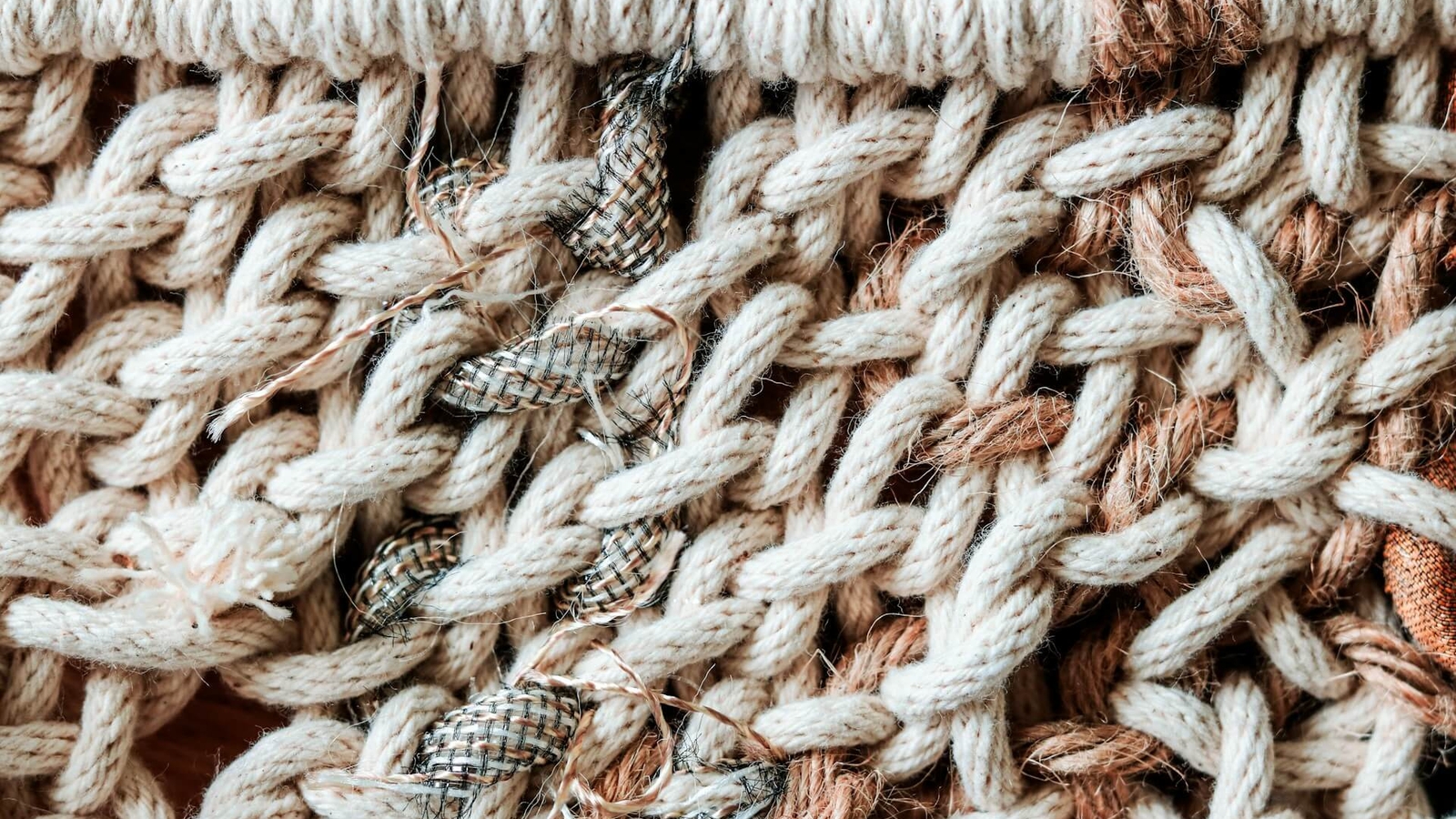
The Environmental Impact of Clothing Fabrics
The fashion industry's environmental impact is often overlooked, but its consequences are far-reaching. And while we would always recommend choosing natural fabrics, if these aren’t farmed and processed in the right way they can have a large negative impact. If they’re not organic, crops can also rely heavily on pesticides and insecticides, which seep into waterways, groundwater, and disrupt natural ecosystems.
Then there's polyester, the ubiquitous fibre found in countless garments. What most people don't realise is that polyester shares its origins with plastic bottles. When we wash our polyester clothes, countless tiny plastic ‘microfibres’ are released into the water, eventually making their way into our oceans and waterways. These microfibres pose a grave threat to marine ecosystems and ultimately infiltrate our food chain.
And let's not forget about denim, a favourite among fashion enthusiasts. Unfortunately, denim production is exceptionally water-intensive, owing to its heavy reliance on cotton fibres. Additionally, the dyeing and finishing processes associated with denim production require substantial amounts of water. This strain on water resources exacerbates the already dire environmental impact of the fashion industry.
So if you’re going to buy, choose brands that are minimising the impact of their supply chain, reducing toxic fertilisers and pesticides, and for those higher intensity textiles, ensure you’re buying an item that will last a long time.
It can become very confusing not knowing which materials are the most sustainable, so let’s take a look below at the advantages and disadvantages of each material to help you make an informed decision.
Hemp
Advantages – the most efficient fibre crop, it stores more CO2 than it emits. Its production requires few pesticides and herbicides, it improves soil quality, and is durable and breathable so requires less washing.
Disadvantages - Requires more nitrogen than cotton production, is harder to wear in than cotton, tends to wrinkle and doesn’t hold colour as well.
Linen
Advantages – the second most efficient fibre crop. Linen is breathable so it needs less washing, is durable and strong, and moth-resistant.
Disadvantages – a luxury fabric that is expensive due to long production time, dyes can be problematic, and it creases easily.
Organic cotton
Advantages – It’s claimed that cotton produced organically can use up to 91% less water than conventional cotton.* Organic cotton does not require harmful pesticides and chemicals, growth production protects and maintains soil fertility, encourages safe work and is even safer on the skin than traditional materials.
Disadvantages - Less Yield: Organic cotton has less yield compared to conventional cotton. This means that the regular cotton plant develops a higher amount of fibre, mainly because they are genetically modified.
Bamboo
Advantages – Bamboo crops grow very quickly, and use much less water than cotton. They also doesn’t require pesticides, cost less, and result in a hard-wearing and breathable fabric.
Disadvantages – It can be hard to guarantee bamboo is being grown sustainably. Bamboo also requires an intensive process and toxic chemicals to break fibres down for use as a textile.
Wool
Advantages – Natural material which is renewable and reusable, naturally antibacterial, moisture wicking and temperature regulating, can be washed less often on a cold wash.
Disadvantages – If you’re vegan you may not wish to make use of wool clothing, as shearing can be painful for the sheep if it’s not done with care. Like cows, sheep create a large amount of methane, leading to a heavier greenhouse gas footprint than some other plant-based fibres.
Silk
Advantages - Natural and long lasting. Undyed or naturally dyed silks are best. Look for GOTS Certified products.
Disadvantages – While silkworm farming can be done without killing the worm, the majority of methods results in its death, making it unsuitable for vegans. Alternatives such as peace silk and spider silk also have unethical downsides too, however the latest innovation, synthetic spider silk (or micro silk), is just as strong and made from wheat, yeast, and sugar.
Recycled fabrics
Advantages - You're keeping existing materials in circulation, it can be lower impact than new clothing, and often synthetic materials can be good for sportswear.
Disadvantages - Recycled materials still create microplastics and will not break down as quickly as natural fibres.
Whilst some of the more ethical fabrics can be more costly than cheap plastic fibres, it is important to recognise that these materials can usually be washed less, are hard-wearing, and better quality, which means you’ll buying them far less often!
*Though there is some debate about the water savings from organic cotton, as discussed in this Forbes article.
Conclusion
In conclusion, embracing sustainable fashion doesn't mean compromising on style or fun. It opens a world of exciting possibilities where you can express your unique personality while making a positive impact on the planet.
It can feel a little overwhelming not knowing where to start, wondering whether you can really make a difference. This is why we created Canopey: to do the research for you, and make it easier for you to make simple everyday swaps, and find ethical brands that consciously reduce the impact of clothing.
By choosing eco-friendly materials, supporting ethical brands, and adopting mindful consumption habits, you become a fashion-forward advocate for change. Remember, each small step matters, whether it's repairing and reusing your clothes, shopping second-hand, or swapping garments with friends!
There are so many other benefits to shopping more sustainably – better-made, consciously crafted clothing means a better product overall, and therefore better bang for your buck.
Together, we can redefine fashion norms and create a future where style and sustainability go hand in hand. So, let's dress with purpose, walk with confidence, and showcase our vibrant personalities while leaving a lighter footprint on the planet.






